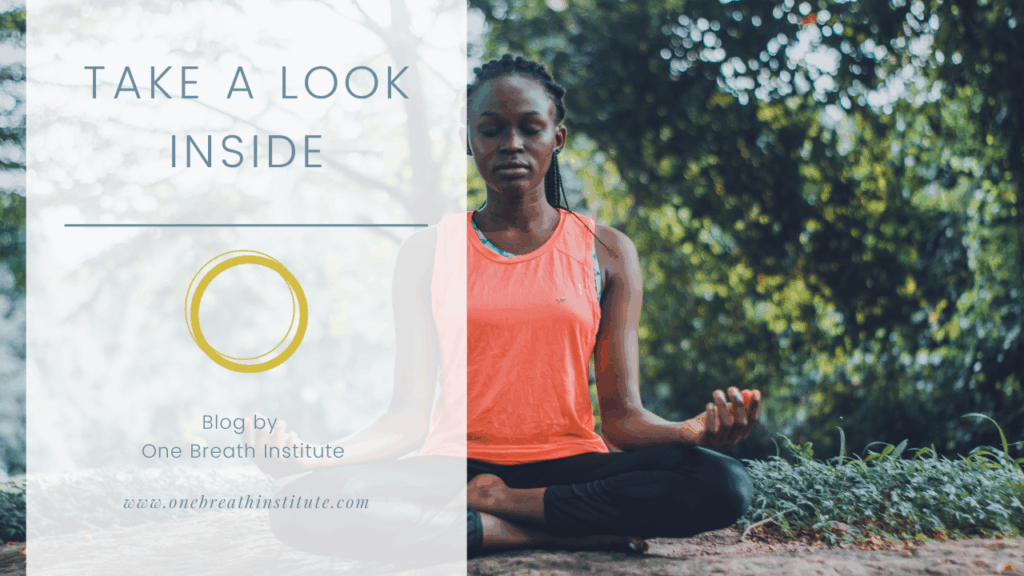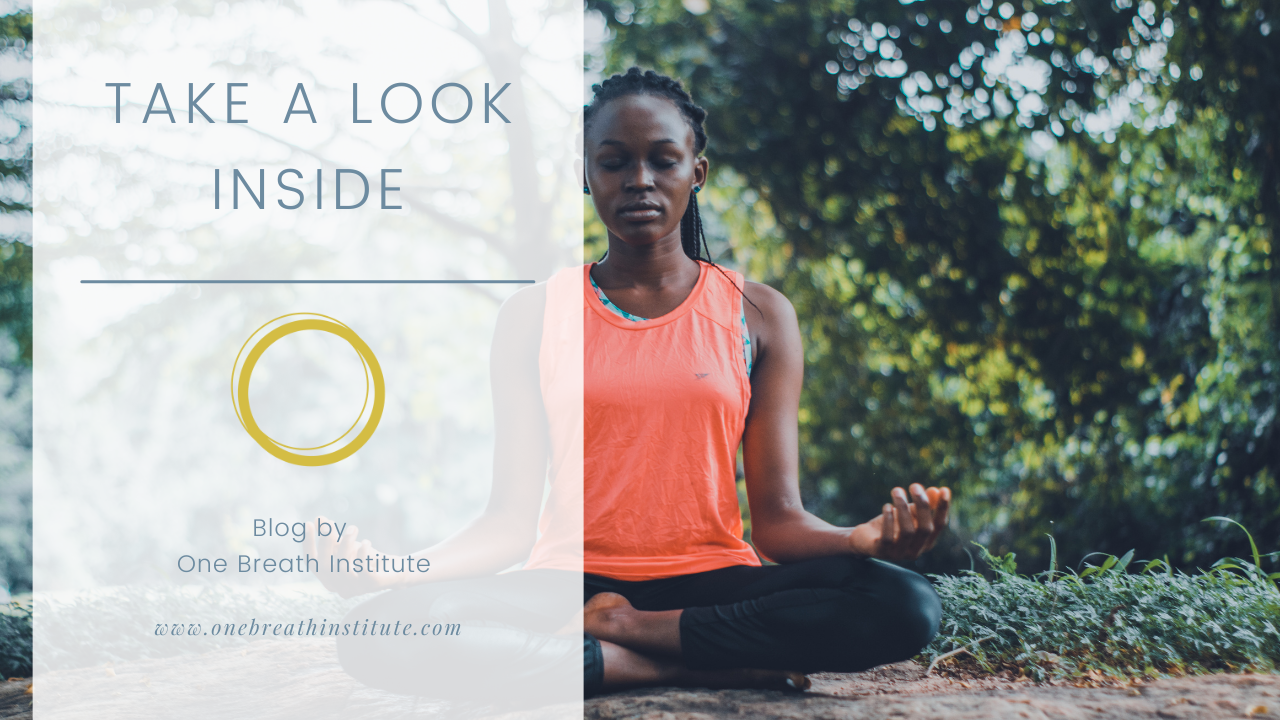
Unlock Your Potential: A Guide to Breathwork Courses and Techniques
In today’s fast-paced world, stress and anxiety have become commonplace. Many individuals are seeking effective and accessible methods to manage their mental and physical well-being. One such method gaining significant traction is breathwork. But what exactly is breathwork, and how can breathwork courses help you harness its power? This article delves into the world of breathwork, exploring its benefits, different techniques, and how to choose the right breathwork courses for your needs.
What is Breathwork?
Breathwork encompasses a variety of techniques that involve consciously manipulating your breathing patterns. Unlike the automatic, unconscious breathing we do every day, breathwork focuses on controlling the pace, depth, and rhythm of your breath to influence your physical, mental, and emotional states. It’s a powerful tool for self-regulation and can be used to reduce stress, improve focus, enhance emotional well-being, and even promote physical healing.
The Benefits of Breathwork
The benefits of breathwork are wide-ranging and supported by both anecdotal evidence and scientific research. Some of the key benefits include:
- Stress Reduction: Breathwork activates the parasympathetic nervous system, which promotes relaxation and reduces the production of stress hormones like cortisol.
- Improved Focus and Concentration: Certain breathwork techniques can increase alertness and improve cognitive function.
- Emotional Regulation: Breathwork can help you process and release emotions, leading to greater emotional stability.
- Enhanced Sleep Quality: Practicing breathwork before bed can calm the mind and body, promoting deeper and more restful sleep.
- Pain Management: Breathwork can help reduce the perception of pain by activating the body’s natural pain-relieving mechanisms.
- Increased Energy Levels: Some breathwork techniques can invigorate the body and increase energy levels.
Different Types of Breathwork Techniques
There are numerous breathwork techniques, each with its own unique approach and benefits. Some popular types include:
- Holotropic Breathwork: A powerful technique that involves deep, rapid breathing to access altered states of consciousness and promote emotional release.
- Rebirthing Breathwork: Focuses on connecting to the breath as a source of healing and transformation, often involving circular breathing patterns.
- Somatic Breathwork: Integrates breathwork with somatic experiencing to address trauma and promote emotional healing.
- Box Breathing: A simple yet effective technique that involves inhaling, holding, exhaling, and holding again, each for the same duration. Often used to calm the nervous system and improve focus.
- Alternate Nostril Breathing (Nadi Shodhana): A yogic technique that involves alternating between breathing through each nostril to balance the nervous system and promote relaxation.
- Coherent Breathing: Involves breathing at a rate of approximately six breaths per minute to synchronize heart rate variability and promote overall well-being.
Why Consider Breathwork Courses?
While some breathwork techniques can be learned independently, enrolling in breathwork courses offers several advantages. A structured course provides expert guidance, ensuring you learn the techniques correctly and safely. It also offers a supportive environment where you can connect with other practitioners and deepen your understanding of breathwork. Furthermore, breathwork courses often delve into the underlying principles and science behind breathwork, providing a more comprehensive and enriching experience. Learning from experienced instructors in breathwork courses minimizes the risk of improper technique, which could lead to discomfort or even injury. They can also tailor the practices to your individual needs and limitations.
Choosing the Right Breathwork Courses
With the growing popularity of breathwork, numerous breathwork courses are available both online and in person. When choosing a course, consider the following factors:
- Your Goals: What do you hope to achieve through breathwork? Are you looking to reduce stress, improve focus, or address specific emotional or physical challenges? Different courses may focus on different aspects of breathwork, so choose one that aligns with your goals.
- The Instructor’s Credentials and Experience: Look for instructors who are certified and have extensive experience in teaching breathwork. Read reviews and testimonials to get a sense of their teaching style and effectiveness.
- The Course Content and Structure: Review the course syllabus to ensure it covers the techniques and topics you’re interested in learning. Consider the duration and format of the course to ensure it fits your schedule and learning style.
- The Cost: Breathwork courses can vary widely in price. Compare the cost of different courses and consider the value you’ll receive in return. Some courses may offer payment plans or scholarships to make them more accessible.
- The Course Format: Decide whether you prefer an in-person or online course. In-person courses offer the benefit of direct interaction with the instructor and other participants, while online courses offer greater flexibility and convenience.
Finding Breathwork Courses Near You
Finding local breathwork courses can be easily done through online searches. Use search engines like Google or DuckDuckGo with keywords such as “breathwork courses near me,” “breathwork workshops [your city],” or “breathwork instructors [your region].” Websites like Eventbrite, Meetup, and local yoga studio directories are also excellent resources for finding local offerings. Many yoga studios and wellness centers now incorporate breathwork into their offerings, providing accessible introductory workshops and multi-week programs.
Online Breathwork Courses: A Convenient Option
Online breathwork courses provide a convenient and accessible way to learn breathwork from the comfort of your own home. These courses often include video tutorials, guided meditations, and downloadable resources. Many online platforms offer a variety of breathwork courses for different levels and interests. Platforms like Insight Timer, Udemy, and Coursera often host a variety of breathwork programs led by experienced instructors.
Integrating Breathwork into Your Daily Life
Once you’ve learned the basics of breathwork, integrating it into your daily life is key to experiencing its long-term benefits. Start with short, regular practice sessions and gradually increase the duration as you become more comfortable. Experiment with different techniques to find what works best for you. You can incorporate breathwork into your morning routine, during stressful moments, or before bed to promote relaxation. Even a few minutes of focused breathing can make a significant difference in your overall well-being. Consider setting reminders on your phone or using a habit-tracking app to ensure consistency.
The Science Behind Breathwork
The effectiveness of breathwork is increasingly supported by scientific research. Studies have shown that breathwork can influence various physiological processes, including heart rate variability, blood pressure, and brainwave activity. By activating the parasympathetic nervous system, breathwork can reduce the body’s stress response and promote a state of calm and relaxation. Research also suggests that breathwork can improve immune function, reduce inflammation, and even enhance cognitive performance. The vagus nerve, which connects the brain to many major organs, plays a crucial role in mediating the effects of breathwork. Stimulating the vagus nerve through breathwork can improve heart rate variability, reduce inflammation, and promote overall well-being. [See also: The Vagus Nerve and Breathwork]
Potential Risks and Precautions
While breathwork is generally safe, it’s important to be aware of potential risks and precautions. Some individuals may experience dizziness, lightheadedness, or tingling sensations during breathwork. If you have any underlying health conditions, such as asthma, heart problems, or anxiety disorders, it’s essential to consult with your doctor before starting a breathwork courses. Pregnant women should also consult with their healthcare provider before practicing breathwork. It’s also important to listen to your body and stop if you experience any discomfort or pain. Start slowly and gradually increase the intensity of your practice as you become more comfortable.
Breathwork for Specific Conditions
Breathwork has shown promise as a complementary therapy for a variety of conditions, including anxiety, depression, insomnia, and chronic pain. Studies have demonstrated that breathwork can reduce symptoms of anxiety and depression by regulating the nervous system and promoting emotional processing. It can also improve sleep quality by calming the mind and body before bed. For individuals with chronic pain, breathwork can help reduce pain perception and improve overall quality of life. While breathwork can be a valuable tool for managing these conditions, it’s important to note that it should not be used as a substitute for conventional medical treatment. [See also: Breathwork for Anxiety Relief]
Advanced Breathwork Techniques
Once you’ve mastered the basics of breathwork, you may be interested in exploring more advanced techniques. These techniques often involve deeper levels of self-exploration and can be used to access altered states of consciousness and promote profound healing. Some advanced techniques include Holotropic Breathwork, Rebirthing Breathwork, and Somatic Breathwork. These techniques should be practiced under the guidance of a qualified and experienced instructor. Advanced breathwork courses often involve longer sessions and more intensive practices, requiring a strong foundation in the fundamentals.
The Future of Breathwork
As awareness of the benefits of breathwork continues to grow, its popularity is likely to increase. More research is being conducted to explore the potential applications of breathwork for various health conditions. Breathwork is also becoming increasingly integrated into mainstream healthcare settings, such as hospitals and clinics. With its accessibility, affordability, and effectiveness, breathwork has the potential to become a widely adopted tool for promoting well-being and improving quality of life. The growing interest in mindfulness and self-care is also contributing to the rising popularity of breathwork. [See also: The Future of Mind-Body Practices]
Conclusion
Breathwork courses offer a valuable opportunity to learn and master this powerful technique for improving your mental, emotional, and physical well-being. By understanding the different types of breathwork, choosing the right course, and integrating breathwork into your daily life, you can unlock your potential and experience the transformative benefits of conscious breathing. Whether you’re seeking stress relief, improved focus, or deeper emotional healing, breathwork can be a valuable tool on your journey to well-being. So, take a deep breath, explore the world of breathwork courses, and discover the power within your own breath.

